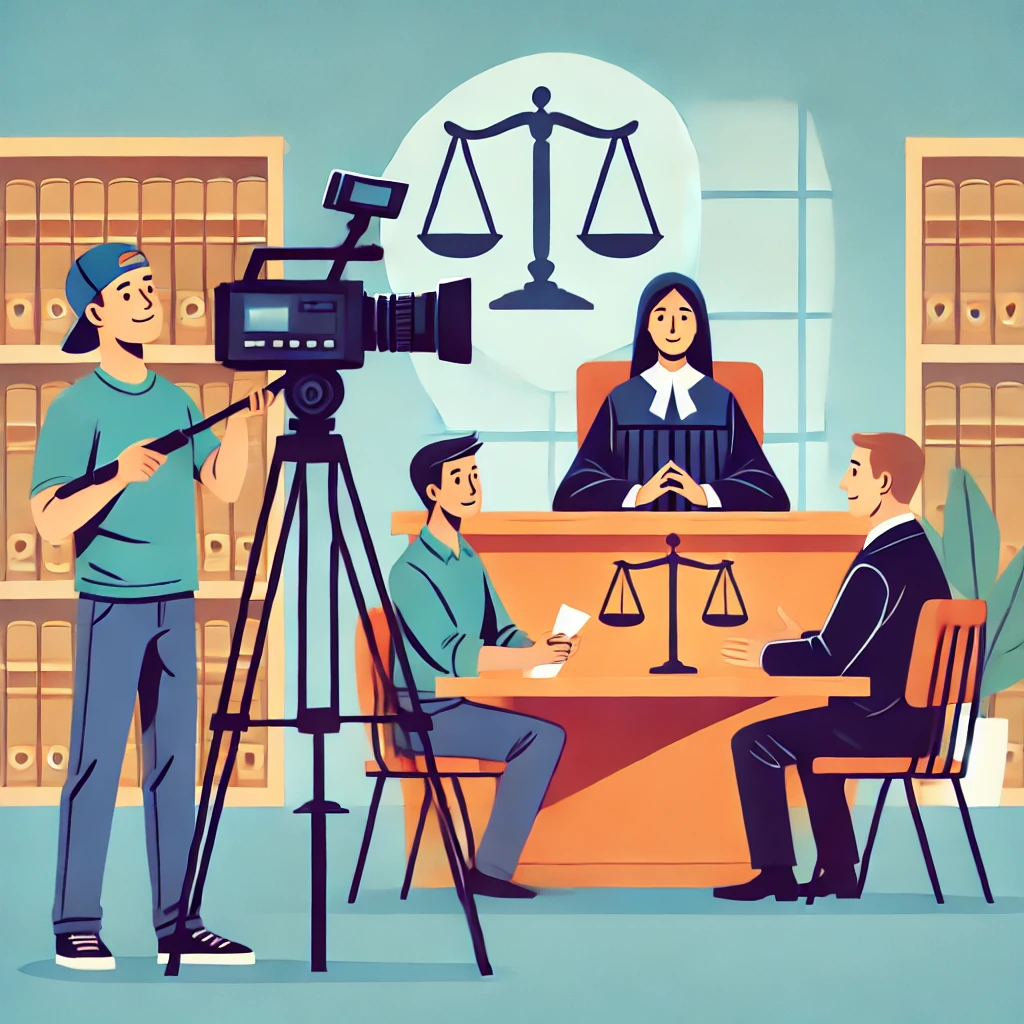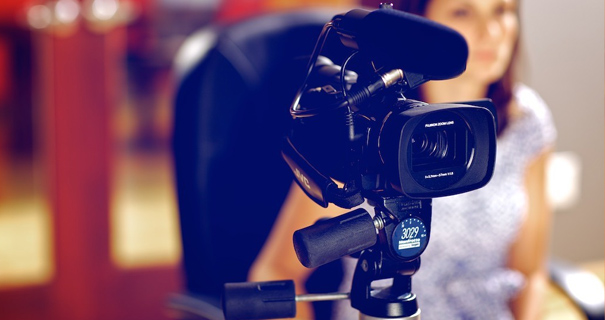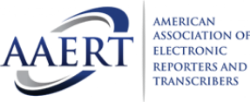How Legal Videography Supports the Legal System with Trustworthy Documentation
How Legal Videography Supports the Legal System with Trustworthy Documentation
Blog Article
The Significance of Lawful Videography in Modern Legal Process
In modern lawful setups, the integration of legal videography has become significantly significant, serving as an essential tool in the documents and discussion of evidence. As the lawful landscape advances with technical innovations, the implications of high-quality videography expand past mere paperwork, raising vital concerns about its influence on judicial end results and the total integrity of the lawful procedure.
Definition of Lawful Videography
Lawful videography refers to the specialized method of recording audio and visual content for usage in lawful settings. This method includes numerous kinds of recordings, consisting of depositions, witness declarations, and test presentations, which offer to record key aspects of lawful procedures. The primary goal is to create a precise and trusted aesthetic document that can be utilized in court or for pre-trial prep work.
Lawful videographers are trained professionals that make use of advanced recording devices and techniques to make sure top quality video and audio capture. They are well-versed in the lawful requirements and requirements controling the admissibility of video proof, making their experience important in the lawful procedure.

Benefits in Lawful Proceedings
The unification of legal videography right into modern-day legal proceedings offers countless advantages that enhance both the performance and efficiency of the judicial procedure. One key advantage is the exact and permanent documents of court room process, which can be very useful for appeals and record-keeping. Unlike standard transcription approaches, video catches non-verbal cues and the total context of testimonies, providing a richer, more nuanced account of events.
Additionally, lawful videography can improve the presentation of evidence (legal videography). By visually demonstrating aspects of a situation, such as mishap restorations or professional analyses, attorneys can communicate complicated details extra efficiently, making it simpler for judges and juries to grasp crucial points. This can result in even more educated decision-making and outcomes
Furthermore, lawful videography promotes ease of access. Tape-recorded depositions can be examined from another location, allowing lawful groups to prepare better without the restraints of geographical constraints. This ease aids in instance prep work and approach advancement.
Lastly, the specialist quality of videography lends credibility to the proceedings, enhancing the seriousness and significance of the legal procedure. legal videography. In summary, lawful videography considerably adds to navigate to these guys a more clear, effective, and impactful judicial system


Enhancing Witness Testimonies
Witness testaments play a vital duty in legal procedures, and using videography considerably enhances their effect and efficiency. By capturing the nuances of a witness's behavior, tone, and body language, legal videography offers a detailed understanding of the testament that written transcripts alone can not convey. This visual depiction aids in maintaining the witness's initial declarations, ensuring that jurors and attorneys can view the testament in its intended type.
In addition, videography permits a much more engaging presentation of proof, as jurors are often much more receptive to audio-visual materials compared to typical paperwork. The capability to observe a witness's emotional state improves the credibility of their declarations, therefore enhancing the influential power of their statement. Additionally, video clip recordings can be utilized for training and prep work, allowing lawyers and witnesses to examine and refine their presentations.
In situations where witnesses might be unavailable for trial, videography makes browse around here sure that their testaments can still exist, guarding the honesty of their accounts. In general, the combination of videography in legal proceedings considerably boosts the quality and integrity of witness statements, fostering a more enlightened and fair judicial process.
Influence On Jury Comprehending
Capturing witness statements on video not only enhances their distribution yet additionally dramatically affects jury understanding of the case. The visual and auditory elements of video clip recordings give jurors with a much more immersive experience, permitting them to regard subtleties in tone, body language, and psychological expressions that might be lost in created transcripts. This multi-sensory engagement fosters a much deeper link with the statement, helping jurors in understanding the intricacies of the instance.
Additionally, legal videography can help make clear complex details and guarantee that key factors exist in a systematic way. Jurors frequently appreciate the opportunity to revisit important why not look here statements throughout deliberations, enhancing their comprehension of the evidence. The ability to observe a witness's disposition can additionally affect their reliability analysis, as jurors may create judgments based upon visual signs that resonate with their understandings of truthfulness and integrity.
Furthermore, making use of video clip can streamline the discussion of proof, making it much more easily accessible and remarkable for jurors. Generally, the tactical implementation of lawful videography plays a pivotal function in boosting court understanding, ultimately adding to a fairer and more educated lawful process.
Future Trends in Legal Videography
Progressively, attorneys are identifying the transformative potential of arising technologies in lawful videography. As the lawful landscape advances, the assimilation of expert system (AI) and maker discovering is established to reinvent the means video clip evidence is captured, refined, and provided. AI algorithms can analyze substantial amounts of video clip footage to recognize relevant sections, boosting performance and ensuring that vital information is not neglected.
In addition, innovations in digital truth (VR) and enhanced truth (AR) are poised to offer immersive experiences in court rooms. These modern technologies allow jurors to imagine criminal offense scenes or understand complex scenarios in a more engaging manner, possibly enhancing their comprehension and retention of evidence.
The rise of cloud-based solutions also facilitates the safe and secure storage space and sharing of video evidence, permitting for smooth partnership among legal groups. legal videography. As remote hearings come to be much more prevalent, high-quality lawful videography will certainly play a crucial duty in ensuring that remote testaments are caught accurately and offered properly
Verdict
In final thought, legal videography functions as an important device in contemporary lawful process, improving the accuracy and clearness of evidence discussion. By capturing witness testaments in an aesthetic layout, it assists in a deeper understanding for jurors and protects critical declarations for future reference. As technology proceeds to progress, the combination of top notch videography is anticipated to expand, additionally solidifying its function in advertising the stability and efficiency of the legal procedure.
Report this page